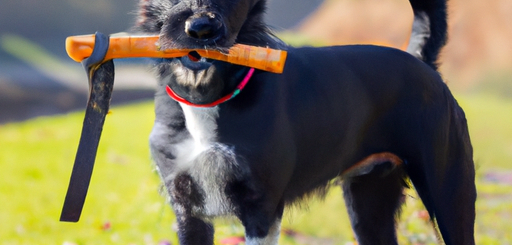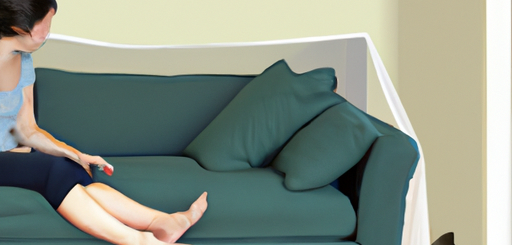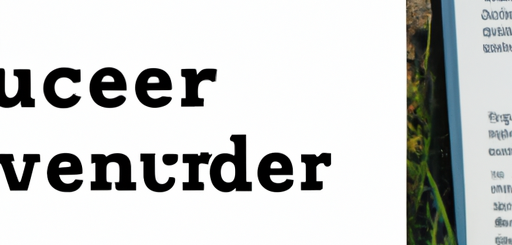Building A Strong Bond: Effective Communication With Your Dog
In “Building A Strong Bond: Effective Communication With Your Dog,” discover the secrets to strengthening your relationship with your furry friend through effective communication techniques. This article explores the importance of clear and consistent communication, highlighting key methods to understand and interpret your dog’s body language, vocal cues, and overall behavior. By honing your communication skills, you will be able to forge a deeper connection with your four-legged companion and build a strong and lasting bond. Get ready to unlock the keys to a harmonious partnership with your canine companion.
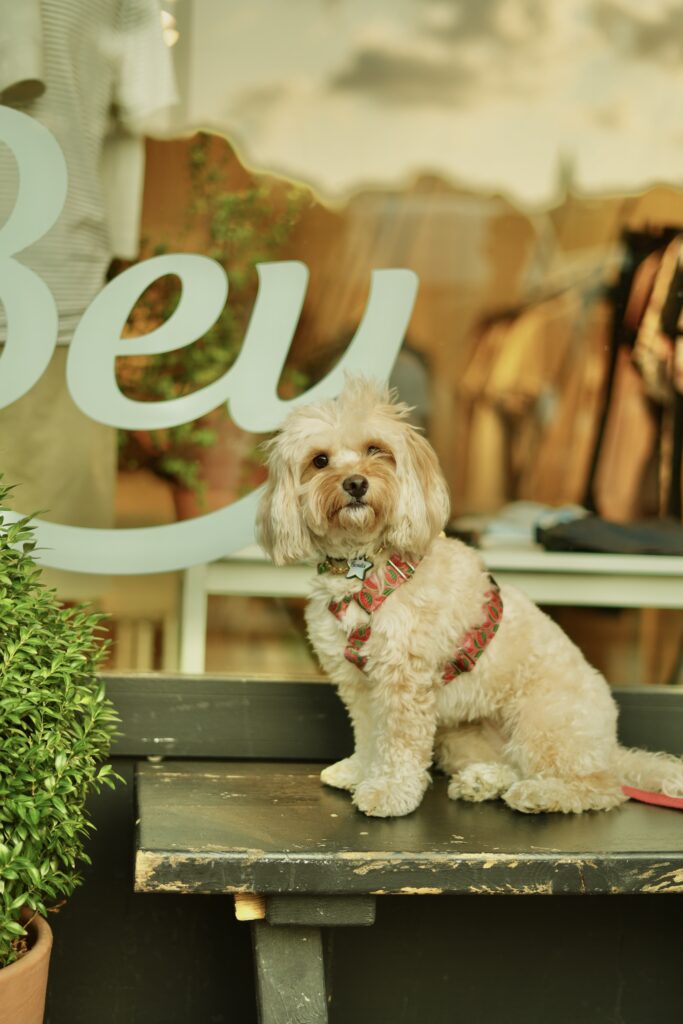
This image is property of images.pexels.com.
Understanding Your Dog’s Body Language
As a dog owner, it is crucial to understand your furry friend’s body language. Dogs communicate primarily through their body movements, and by learning to recognize common gestures and facial expressions, you can better understand their needs and emotions.
Recognizing common body language
Dogs use various body postures and movements to convey their feelings. For example, a relaxed and loose body posture indicates that your dog is calm and comfortable. On the other hand, a stiff and rigid body posture may indicate fear or aggression.
Pay attention to your dog’s tail as well. A wagging tail, accompanied by relaxed body language, often signifies happiness and excitement. However, a tucked tail or a tail held high and stiff could indicate fear or aggression.
Interpreting specific gestures
Your dog may also use specific gestures to communicate with you. For instance, pawing at the ground can be a sign of frustration or an indication that they need to go outside to relieve themselves. Similarly, scratching at doors or furniture may suggest that your dog is feeling anxious or seeking attention.
If your dog rolls onto their back and exposes their belly, it is usually a sign of submission and trust. They are showing you that they feel safe and comfortable in your presence. However, be cautious as some dogs may display this behavior when they are feeling fearful or threatened.
Understanding facial expressions
A dog’s face can provide valuable insight into their emotions. Pay attention to their eyes, ears, and mouth for important cues. Bright, soft eyes usually indicate a relaxed and content dog, while narrowed or wide-set eyes may signify fear or aggression.
Observing your dog’s ears can also offer clues about their mood. When their ears are forward and relaxed, it typically means they are interested and engaged. However, if their ears are pinned back against their head, it could suggest fear or anxiety.
Lastly, take note of your dog’s mouth and lips. A relaxed and slightly open mouth is a sign of a calm and content dog. Conversely, a closed mouth, bared teeth, or lips pulled back could indicate aggression or discomfort.
Verbal Communication with Your Dog
While dogs primarily communicate through body language, verbal communication plays a significant role in training and bonding with your four-legged companion.
Teaching basic commands
Training your dog to understand and respond to basic commands is essential for effective communication. Start with simple commands like “sit,” “stay,” and “come.” Use a clear and consistent tone of voice and reinforce the commands with positive reinforcement, such as treats or praise.
Remember to be patient and consistent during the training process. Dogs are eager to please their owners, but it may take time for them to grasp the desired behaviors.
Using cues and signals
In addition to verbal commands, dogs can learn to respond to visual cues and signals. Teach your dog specific hand gestures or body movements that correspond to certain commands. This is especially useful for situations where verbal communication may be challenging, such as in a noisy environment.
Consistency is key when using cues and signals. Use the same gestures every time you give a command to avoid confusing your dog.
Establishing a vocabulary
Building a vocabulary of words and phrases that your dog understands can greatly enhance your communication. Along with basic commands, you can teach your dog the names of their favorite toys, places, and family members. This allows you to convey specific messages more effectively and deepen your bond.
Consistently use the same words and phrases for each object or person to reinforce their understanding. Be patient and reinforce their learning with positive rewards and praise.

This image is property of images.pexels.com.
Nonverbal Communication with Your Dog
While verbal communication is important, nonverbal cues and signals can enhance your bond with your dog even further.
Using hand signals
Hand signals can be a powerful tool for communicating with your dog, especially in situations where verbal commands may not be heard or understood. Teach your dog specific hand signals for commands such as “sit,” “stay,” or “lie down.”
To introduce hand signals, accompany the command with the corresponding gesture. Repeat this process until your dog associates the hand signal with the desired behavior. Over time, your dog will respond to the hand signals alone.
Communicating through body movements
Your own body movements can convey powerful messages to your dog. For example, bending down with open arms can signal an invitation for your dog to come towards you. Likewise, standing up tall and leaning forward can indicate that you want your dog to back away or stop a certain behavior.
Be aware of your body language when interacting with your dog. Use deliberate and consistent movements to convey your intentions clearly.
Utilizing eye contact
Eye contact is another form of nonverbal communication that can strengthen your connection with your dog. Maintaining eye contact during training or bonding activities can establish trust and convey your leadership.
However, it is important to remember that direct eye contact can also be seen as a challenge or threat in some dog interactions. Always interpret the context and your dog’s body language to determine whether eye contact is appropriate.
Positive Reinforcement and Rewards
One of the most effective ways to communicate with your dog is through positive reinforcement and rewards. By focusing on rewarding desired behaviors rather than punishing unwanted actions, you can create a positive and rewarding relationship with your furry friend.
The importance of positive reinforcement
Positive reinforcement involves rewarding your dog for exhibiting desired behaviors. This method focuses on encouraging good behavior rather than punishing bad behavior. Dogs respond positively to rewards and positive attention, making it a powerful tool in establishing and maintaining a strong bond.
Using treats and praise effectively
Two common types of positive reinforcement are treats and praise. Use small, high-value treats that your dog finds particularly enticing to reward them for following commands or displaying desired behaviors. Pair treats with verbal praise and affectionate gestures, such as a gentle pet or a reassuring pat.
Remember to provide immediate reinforcement when your dog exhibits the desired behavior. Timely rewards help your dog associate the behavior with the positive outcome.
Consistency and timing
Consistency and timing are key to effectively reinforce desired behaviors. Always reward your dog immediately after they have performed the desired behavior. Delaying the reward may confuse your dog and make it harder for them to understand what they did right.
Additionally, be consistent in your rewards and expectations. Use the same treats, gestures, and verbal praise consistently to reinforce the desired behavior and avoid confusion.

This image is property of images.pexels.com.
Building Trust and Mutual Respect
Trust and mutual respect form the foundation of a strong bond with your dog. By establishing a consistent routine, applying patience and understanding, and avoiding punishment, you can foster a trusting relationship with your furry companion.
Establishing a consistent routine
Dogs thrive on routine, as it provides stability and predictability. Establish a consistent daily routine for your dog, including consistent meal times, exercise routines, and training sessions. This routine helps your dog feel secure and builds trust.
Applying patience and understanding
Patience is essential when communicating with your dog. Dogs may take time to understand and learn new commands or behaviors, so be patient and avoid becoming frustrated. Understanding that each dog is unique and learns at their own pace will facilitate effective communication.
Avoiding punishment
Punishment is not an effective method of communication and can damage the trust between you and your dog. Instead of punishing undesirable behaviors, focus on reinforcing and rewarding desired behaviors. Positive reinforcement creates a positive association and helps your dog better understand your expectations.
The Power of Bonding Activities
Engaging in bonding activities is a wonderful way to strengthen your communication and connection with your dog. Participating in playtime, training sessions, and exploring new environments together can create lasting memories and build a stronger bond.
Engaging in interactive playtime
Playtime is more than just a fun activity; it is also a valuable opportunity to communicate and bond with your dog. Engage in interactive games such as fetch, tug-of-war, or hide-and-seek. These activities encourage physical exercise, mental stimulation, and strengthen your bond.
Participating in training sessions
Training sessions provide an excellent opportunity for communication and bonding. Teaching your dog new commands and tricks not only enhances their mental stimulation but also strengthens the trust and connection between you. Make training sessions fun and rewarding, using positive reinforcement and rewards to motivate your dog.
Exploring new environments together
Take your dog on regular walks and outings to new environments. Exploring different places together exposes your dog to new sights, sounds, and smells, providing mental stimulation and enriching their life. It also allows you to communicate and bond with your dog in different settings, reinforcing your partnership.
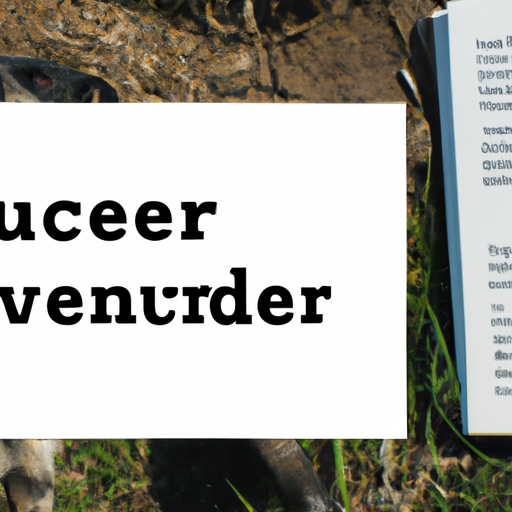
Creating a Safe and Comfortable Environment
Creating a safe and comfortable environment for your dog is essential for effective communication. By providing a designated space, setting up a routine for mealtime and rest, and maintaining a clean and secure living area, you can ensure your dog feels secure and content.
Providing a designated space for your dog
Allocate a specific space where your dog can have their bed, toys, and personal belongings. This designated area provides them with a sense of security and their own space. Make sure it is quiet, comfortable, and away from any potential hazards.
Setting up a routine for mealtime and rest
Establishing a routine for mealtime and rest helps your dog feel safe and secure, as they know what to expect. Feed your dog at the same times each day, ensuring they have a quiet and calm environment to eat. Similarly, provide a comfortable and cozy resting space where they can relax and recharge.
Maintaining a clean and secure living area
Maintain a clean and secure living area for your dog. Regularly clean their bedding, toys, and food bowls to ensure hygiene. Additionally, secure any potential hazards or toxic materials that could harm your dog. A clean and secure environment promotes a sense of well-being and comfort, enhancing communication and trust.
Handling Behavioral Challenges
Addressing behavioral challenges is an important aspect of effective communication with your dog. Whether it’s separation anxiety, aggression, or destructive behaviors, understanding the root cause and implementing appropriate strategies will help overcome these challenges.
Addressing separation anxiety
Separation anxiety is a common problem among dogs and occurs when they become anxious or distressed when left alone. To address this issue, gradually acclimate your dog to being alone through short periods of separation, slowly increasing the duration over time. Provide them with engaging toys, puzzles, and treats to keep them occupied during your absence.
Dealing with aggression or fearfulness
Aggression or fearfulness can present communication challenges and pose a threat to both your dog and others. Seek professional help from a certified dog trainer or behaviorist to address these issues safely and effectively. They can assess the underlying causes of aggression or fear and provide you with appropriate training techniques or behavior modification plans.
Overcoming destructive behaviors
Destructive behaviors such as chewing furniture or excessive barking can be signs of boredom, anxiety, or frustration. Provide your dog with mental and physical stimulation through interactive toys, puzzles, and regular exercise. Redirect their energy towards appropriate outlets and reward them for engaging in desirable behaviors.
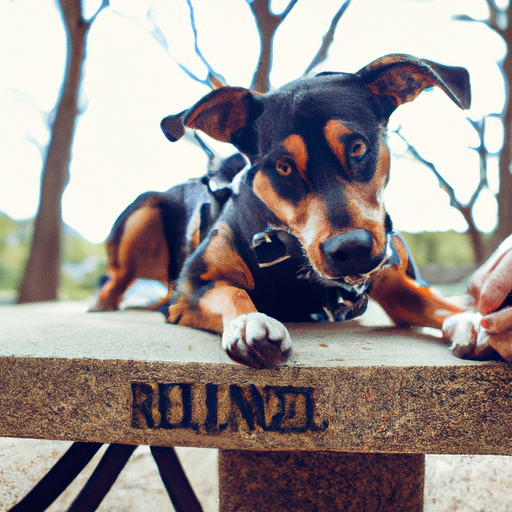
Effective Communication in Different Training Phases
Different training phases require tailored approaches to communication. Whether you are training a puppy, an adult dog, or a senior dog, understanding their specific needs and adjusting your communication style accordingly is vital.
Puppy training
Puppy training focuses on establishing a foundation of desired behaviors and socialization. Use positive reinforcement, reward-based training methods to teach basic commands and socialize your puppy with various environments, people, and animals. Remember to keep training sessions short and fun, as puppies have shorter attention spans.
Adult dog training
Adult dog training builds upon the foundation laid during puppyhood. Continue using positive reinforcement techniques to reinforce existing commands and introduce more advanced commands and behaviors. Adult dogs may require more mental stimulation and physical exercise, so adapt your communication to meet their specific needs.
Training senior dogs
Senior dogs may have different physical and cognitive abilities, requiring a more gentle and patient communication approach. Focus on maintaining their mental and physical well-being through low-impact exercise, mental stimulation, and positive reinforcement. Adjust training sessions to shorter durations and adapt to any age-related limitations.
Building a Strong Physical Connection
A strong physical connection is crucial for effective communication and bonding with your dog. By engaging in regular exercise and physical activity, incorporating grooming and touch-based bonding, and going on adventures together, you can strengthen the physical aspect of your relationship.
Regular exercise and physical activity
Regular exercise is vital for your dog’s physical and mental well-being. Tailor the exercise routine to your dog’s age, breed, and size. Whether it’s going for a walk, playing fetch, or participating in agility training, physical activity not only keeps your dog healthy but also reinforces your bond.
Grooming and touch-based bonding
Grooming sessions provide an opportunity for touch-based bonding with your dog. Brush their coat, clean their ears, and trim their nails regularly. Be gentle and patient during grooming, using the time to show affection and reinforce your bond. Regular touch-based bonding helps your dog feel loved and builds trust.
Going on adventures together
Exploring new environments and going on adventures with your dog not only provides physical exercise but also strengthens your bond. Take your dog for hikes, visits to the beach, or even road trips. These shared experiences create lasting memories and deepen your connection with your furry companion.
In conclusion, effective communication is the cornerstone of building a strong bond with your dog. Understanding their body language, verbal and nonverbal cues, and using positive reinforcement and rewards are essential elements in establishing trust and mutual respect. By creating a safe and comfortable environment, handling behavioral challenges with patience and understanding, and participating in bonding activities, you can further strengthen your connection with your beloved four-legged friend. Remember, effective communication is a two-way street, so always listen and observe your dog’s needs and emotions to build a lifelong bond.



